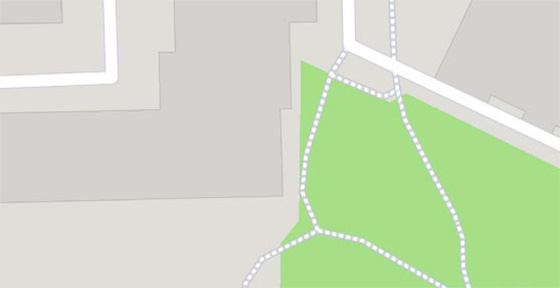Natural History Museum
Local name: Naturmuseum
The Senckenberg Museum was founded in the first half Of the twentieth century and is the largest museum of natural history in Germany. The facility boasts a unique on a European scale exhibition of large dinosaurs. The pearl of the collection is the original fossil of a prehistoric reptile with preserved, flaky skin and the 18-meter Diplodocus skeleton.
In addition to the rich collection of dinosaurs, visitors are attracted by exhibits such as 'Lucy' - an almost completely reconstructed australopithecus afarensis, or the Propaleotherium dwarf horse that lived over 50 million years ago. The museum's pride is the collection of rare fossils excavated at the Messel Pit shale mine, which has been on the UNESCO World Heritage List since 1995.
The care of the facility is provided by the Senckenberg Life Sciences Association. The association was founded by the inhabitants of Frankfurt in the first half XIX century on the initiative of Johann Wolfgang von Goethe. Its name comes from the names of a German naturalist, botanist and philanthropist Johann Christian Senckenberg.
Attractions inside




